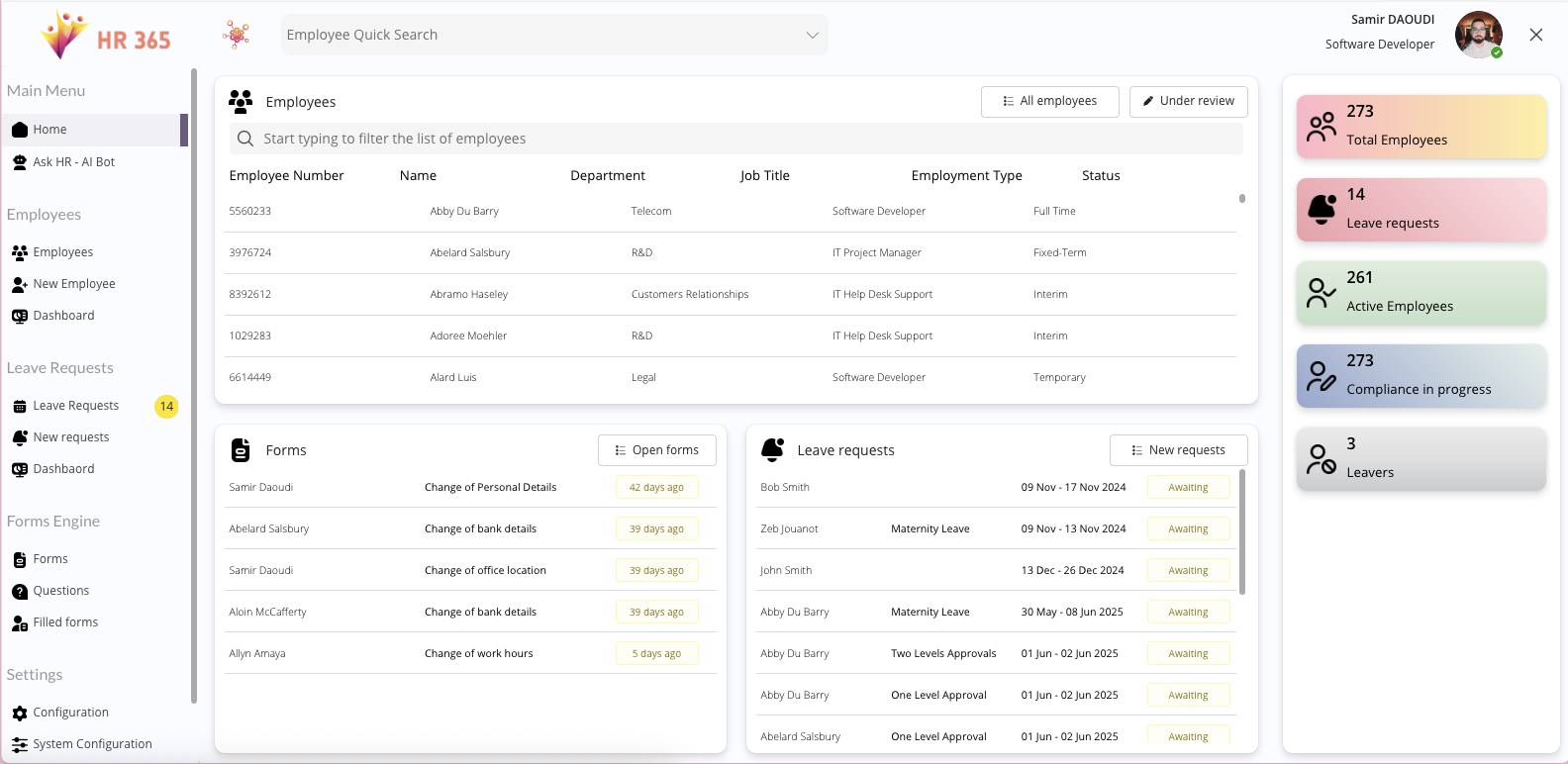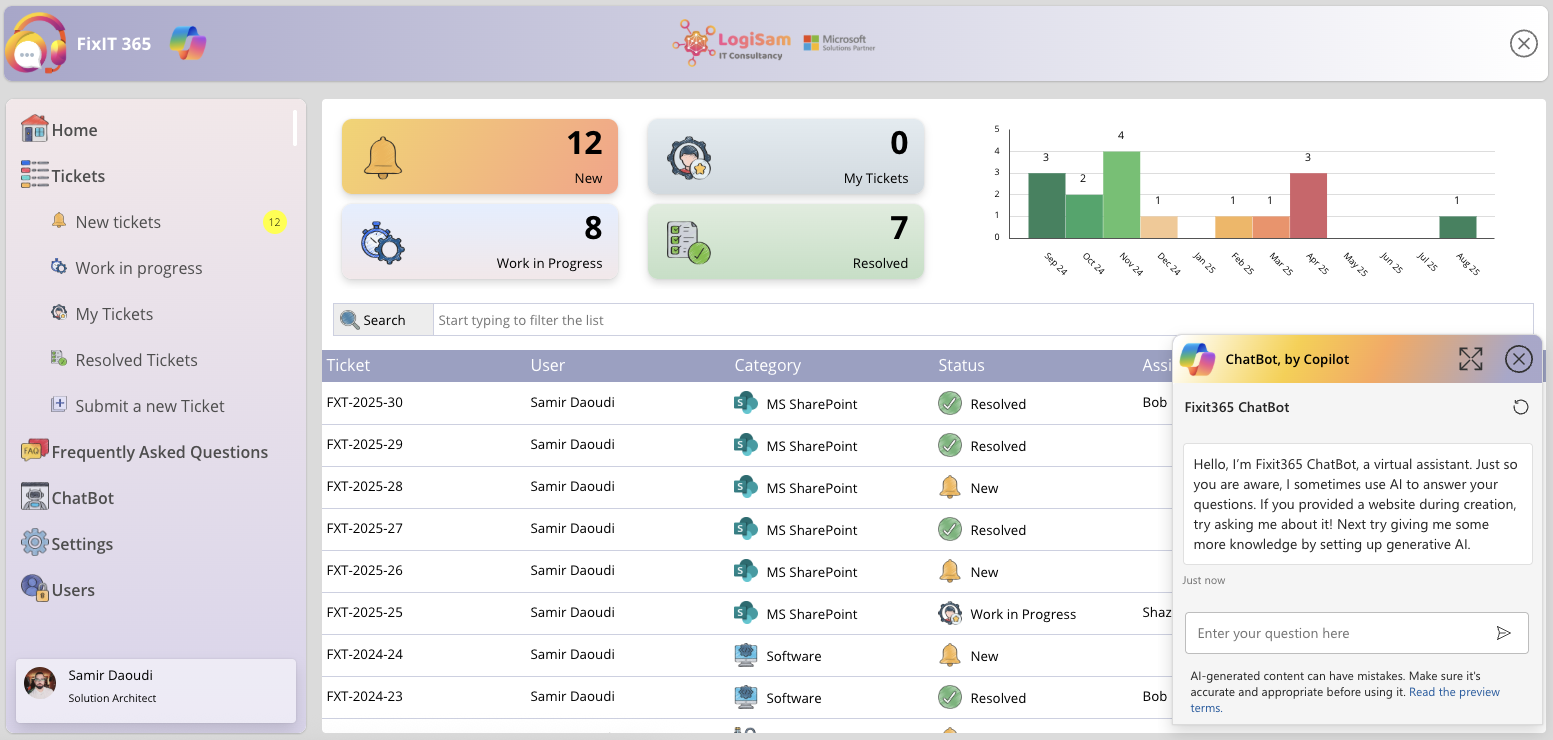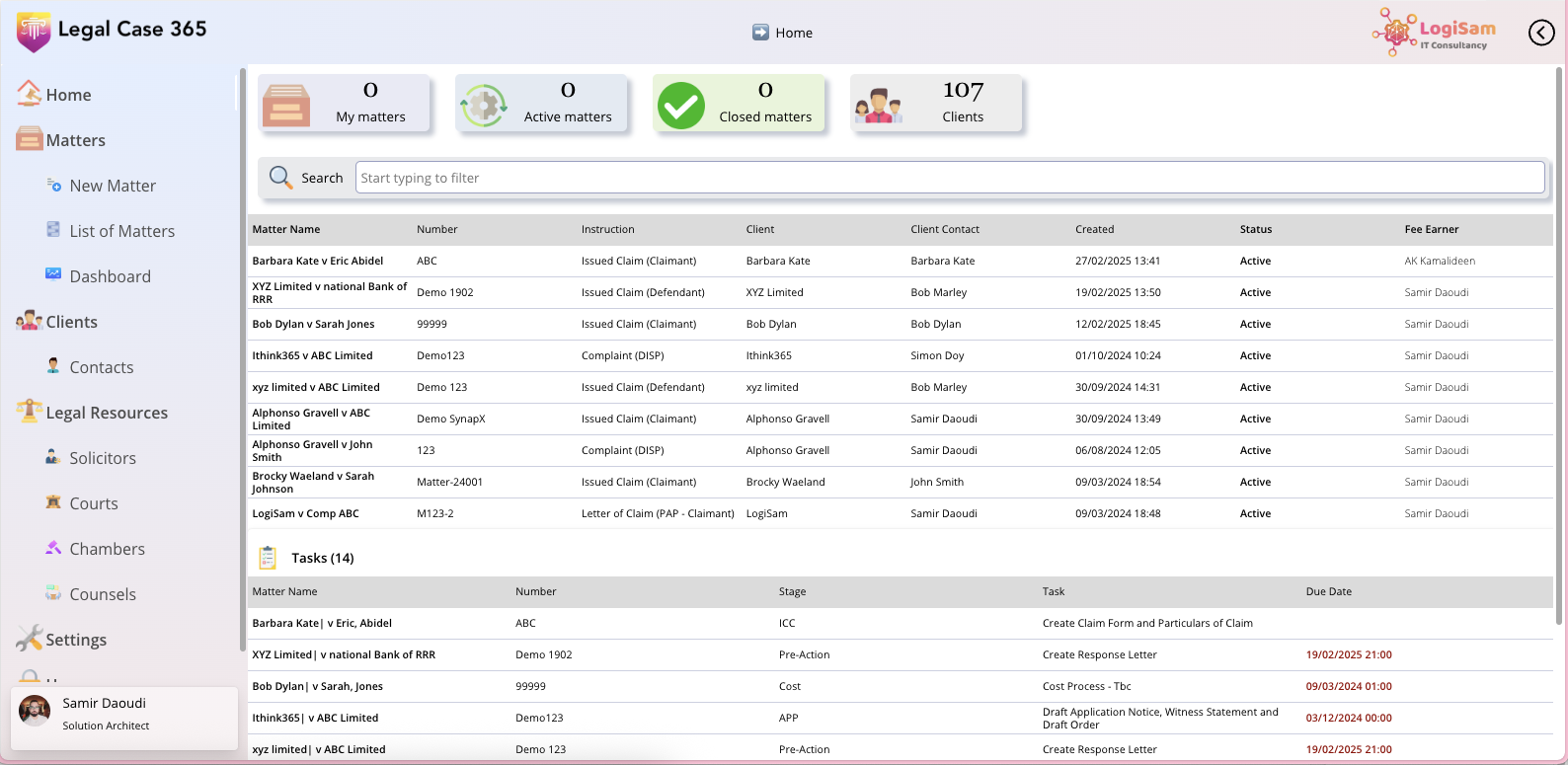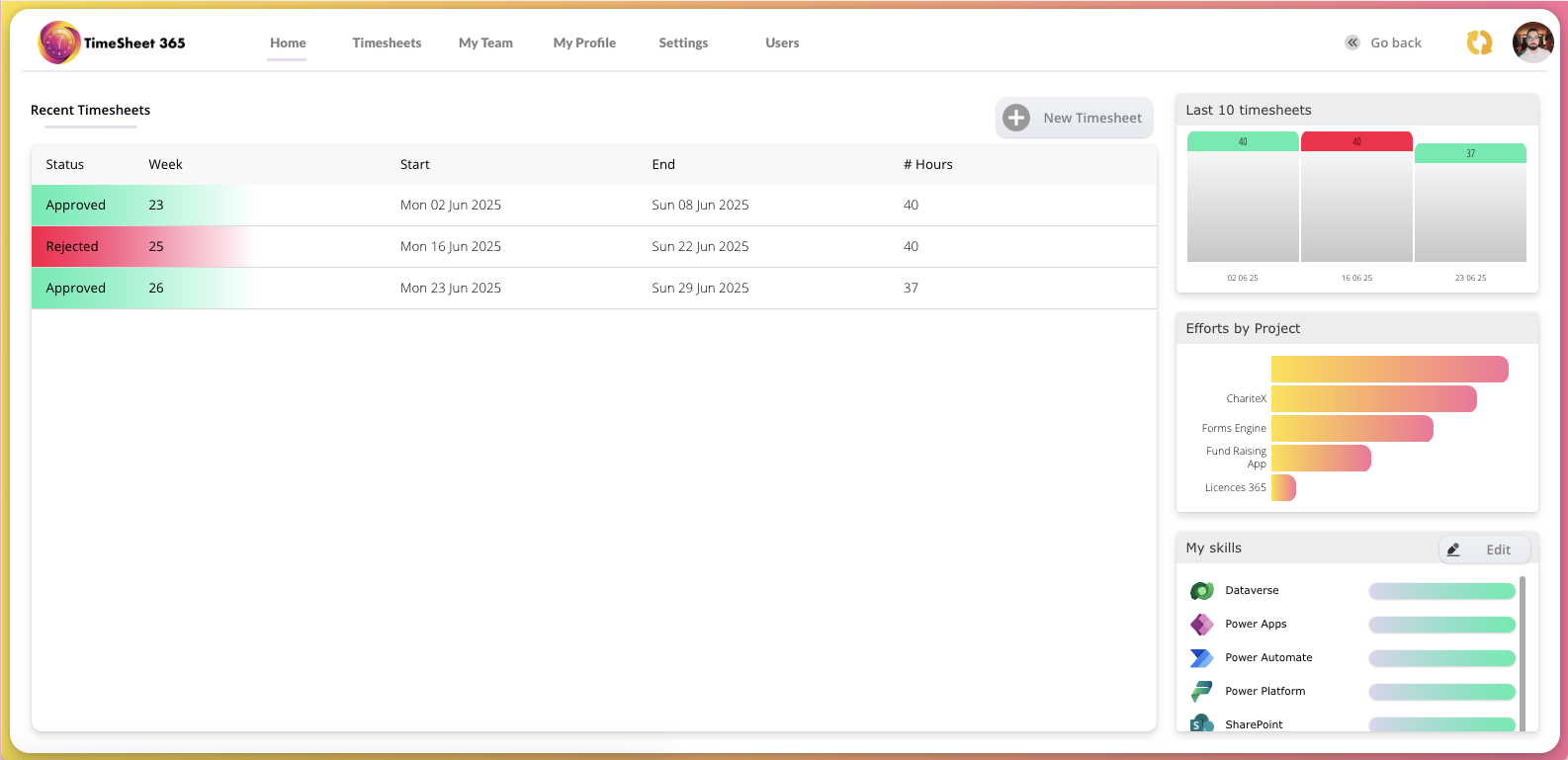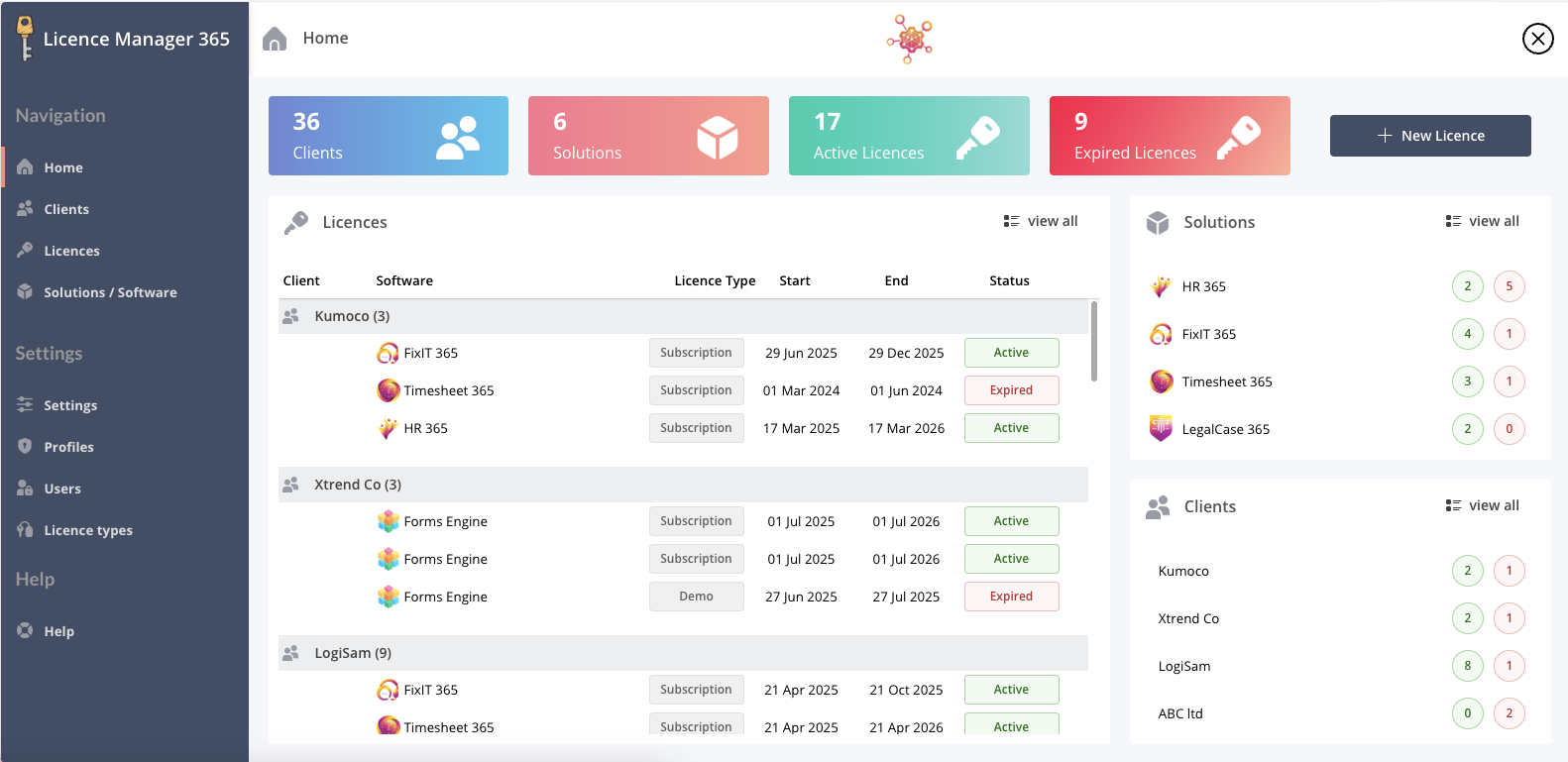9 Practical Business Process Automation Examples (and How to Start)
In today’s competitive landscape, manual processes aren’t just slow — they’re a liability. Targeted automation is the fastest way to scale, improve data quality, and free teams for higher-value work. Below are nine real-world automation examples across finance, HR, marketing, operations, and sales, with KPIs and quick, actionable takeaways.
Microsoft reports that organisations using modern automation can cut operating costs by up to 80%while driving near-perfect process accuracy.
1) CRM Automation
Automate lead capture, scoring, segmentation, and follow-ups so sales and marketing can focus on relationship-building rather than admin. Tools such as Microsoft Dynamics 365 and Salesforce trigger journeys, score leads, and update pipelines automatically.
Why it matters: Shorter sales cycles, cleaner data, higher retention.
KPI to watch: Lead conversion rate (often +30% or more).
Do this next:
Start with one high-impact journey (e.g., new-lead nurture).
Clean data before you automate.
Train teams on when to add the human touch.
2) Accounts Payable (AP) Automation
Digitise invoice intake, data extraction (OCR), approvals, and payment runs. Solutions (e.g., SAP Ariba, NetSuite; AI Builder in Power Platform) remove rekeying and accelerate approvals.
Why it matters: Fewer errors, fewer late fees, better supplier relations.
KPI to watch: Cost per invoice (reductions up to 70–80%).
Do this next:
Map and digitise approval hierarchies and limits.
Standardise vendor formats to boost OCR accuracy.
Train for exception handling (e.g., failed 3-way match).
3) Email Marketing Automation
Use behaviour-based triggers for onboarding, re-engagement, and product recommendations (Mailchimp, Brevo, Dynamics 365 Marketing).
Why it matters: Timely, relevant comms at scale.
KPI to watch: Open and click-through rates (automated flows typically outperform batch sends).
Do this next:
Segment by behaviour and lifecycle stage.
Send value-led messages, not just promotions.
Continuously A/B test subject lines and timing.
4) HR Automation
Streamline recruitment, onboarding, records, payroll, and reviews (Workday, SAP SuccessFactors, BambooHR).
Why it matters: Greater compliance, faster hiring, better employee experience.
KPI to watch: Time-to-hire (and HR admin time reduced by c. 40%).
Do this next:
Design journeys from the employee’s perspective.
Keep humans in the loop for sensitive decisions.
Enforce strong security and GDPR controls.
5) Supply Chain & Inventory Automation
Automate demand forecasting, replenishment, supplier comms, and shipment tracking (SAP SCM, Oracle SCM, Dynamics 365 SCM).
Why it matters: Fewer stockouts, lower carrying costs, improved resilience.
KPI to watch: Inventory turnover and forecast accuracy (inventory accuracy gains up to ~30%).
Do this next:
Start with predictable, high-volume SKUs.
Integrate directly with key suppliers.
Track fulfilment time and carrying cost trends.
6) Financial Reporting & Accounting Automation
Automate journals, reconciliations, consolidations, and regulatory reporting (NetSuite, SAP S/4HANA, Power Platform).
Why it matters: Faster closes, fewer errors, a single source of truth.
KPI to watch: Days to close (commonly cut by 50–75%).
Do this next:
Standardise and cleanse chart of accounts and sources.
Implement approvals and audit trails.
Upskill finance teams on analysis, not data wrangling.
7) Customer Support & Helpdesk Automation
Use bots, knowledge suggestions, routing, and status updates to resolve L1 queries automatically (Dynamics 365 Customer Service, Zendesk).
Why it matters: 24/7 responses, lower handling time, happier customers.
KPI to watch: Average resolution time; % of tickets resolved without an agent.
Do this next:
Automate top 5–10 FAQs first.
Provide a clear human-escalation path.
Keep tone and brand voice consistent.
8) Sales Process & Lead Management Automation
Automate lead scoring, assignment, follow-ups, and pipeline updates (HubSpot, Salesforce, Dynamics 365).
Why it matters: Focus reps on qualified opportunities and closing.
KPI to watch: Sales cycle length; win rate (deal closures often +30%).
Do this next:
Define explicit lead scoring rules.
Mix automation with tailored human outreach.
Integrate marketing and CRM for a single view.
9) Marketing Campaign & Social Automation
Coordinate multi-channel campaigns, content scheduling, and retargeting (Marketo, HubSpot, Dynamics 365).
Why it matters: Consistent presence, better personalisation, higher ROI.
KPI to watch: Engagement rate and retention (small retention lifts can drive outsized profit).
Do this next:
Segment deeply; personalise journeys.
Keep content authentic, not robotic.
Test creatives, offers, and CTAs relentlessly.
Quick Comparison (at a glance)
| Area | Typical Complexity | Fastest Win |
|---|---|---|
| CRM | Medium–High | New-lead nurture flow |
| AP | High (integrations) | Invoice capture + approvals |
| Medium | Behaviour-based welcome series | |
| HR | Medium–High | Onboarding checklist & docs |
| Supply Chain | High | Auto-replenishment for top SKUs |
| Finance | High | Auto-recs + close checklist |
| Support | Medium | FAQ bot + auto-routing |
| Sales | Medium–High | Lead scoring + follow-ups |
| Marketing | Medium | Social scheduling + retargeting |
How to Get Started (and Prove Value)
Audit the process – map steps, owners, volumes, delays, and error points.
Pick a pilot – choose a high-volume, rules-based workflow with clear benefits.
Set KPIs – e.g., cycle time, error rate, cost per transaction, CSAT.
Build small, iterate fast – ship a minimal version, gather feedback, refine.
Scale – once ROI is proven, extend to adjacent processes and teams.
Ready to automate with confidence?
LogiSam helps organisations design, govern, and scale automation across Microsoft 365 and the Power Platform — from pilots to enterprise roll-outs. If you’d like, I can tailor these nine examples into a phased roadmap for your environment (including KPIs, owners, and timelines).












